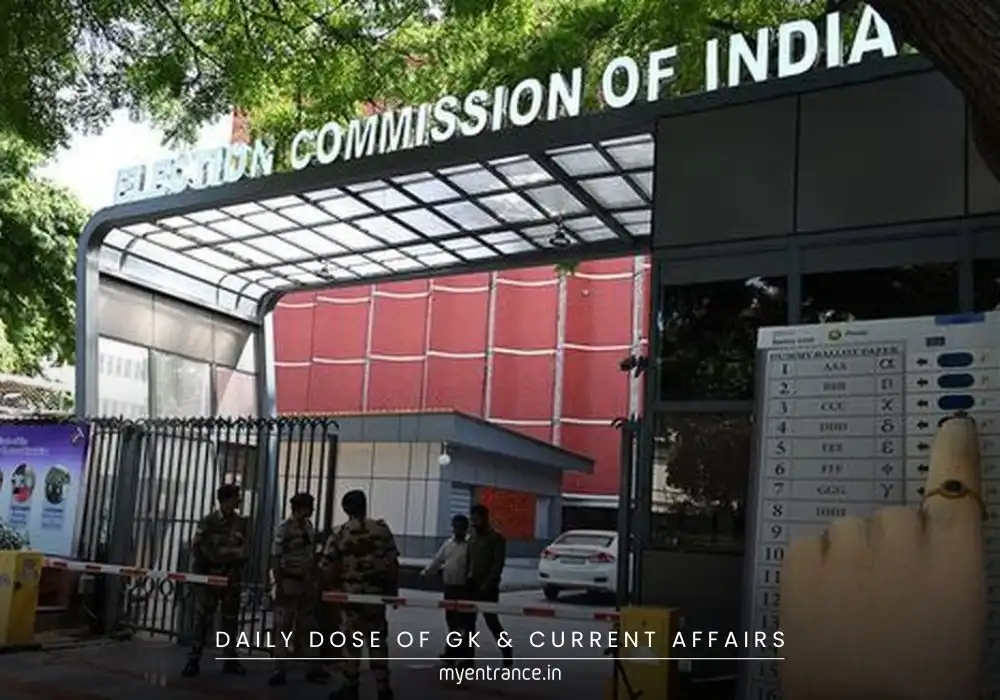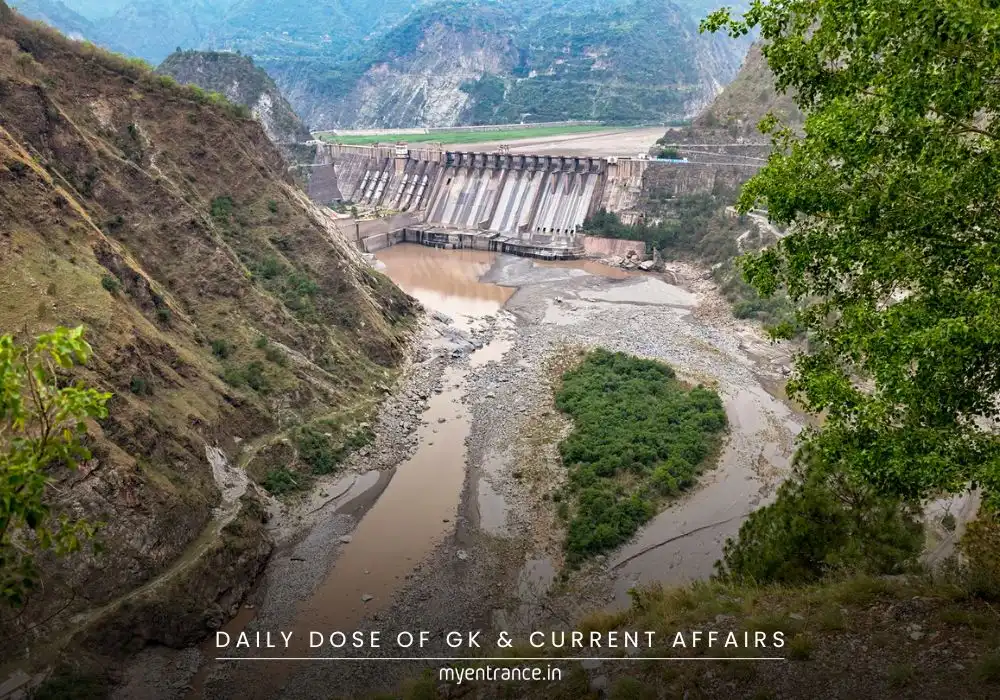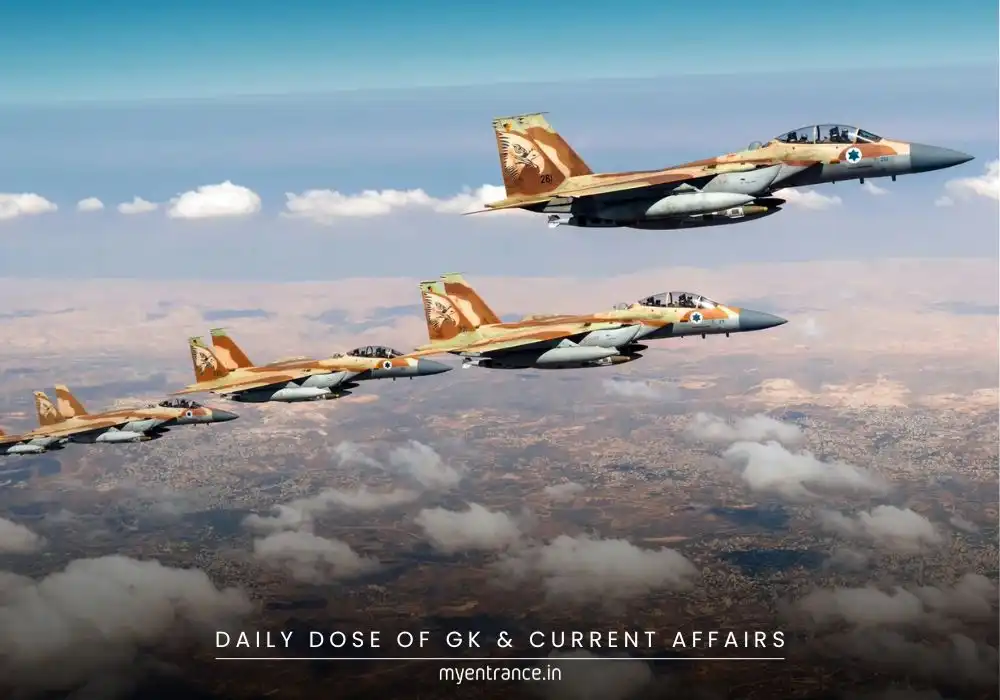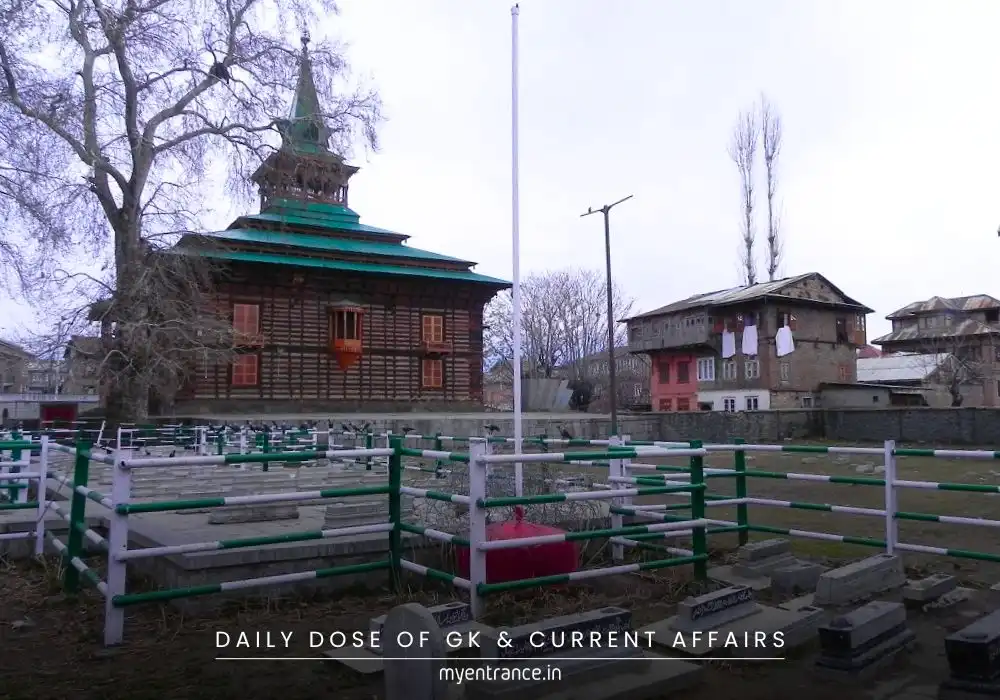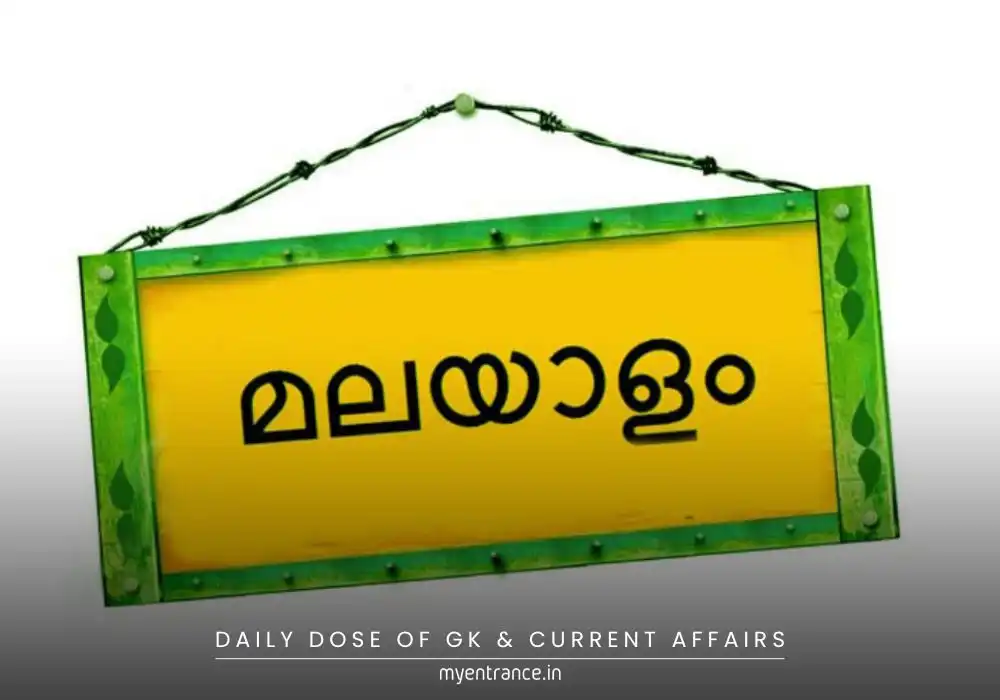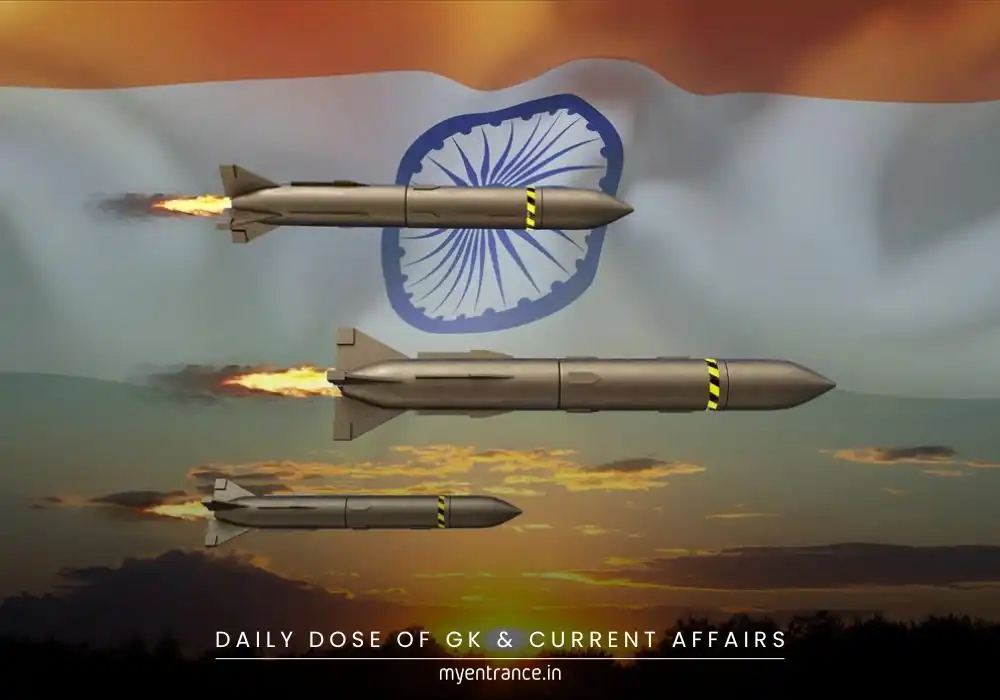Translate Language
What is the AAIB’s Mandate in the Ahmedabad Plane Crash Investigation?
The Aircraft Accident Investigation Bureau (AAIB) recently released its preliminary report on the Ahmedabad plane crash, where 241 passengers lost their lives. As India’s apex body for aviation accident probes, AAIB’s findings raise critical questions about cockpit ergonomics and aviation safety protocols—topics highly relevant for competitive exams.
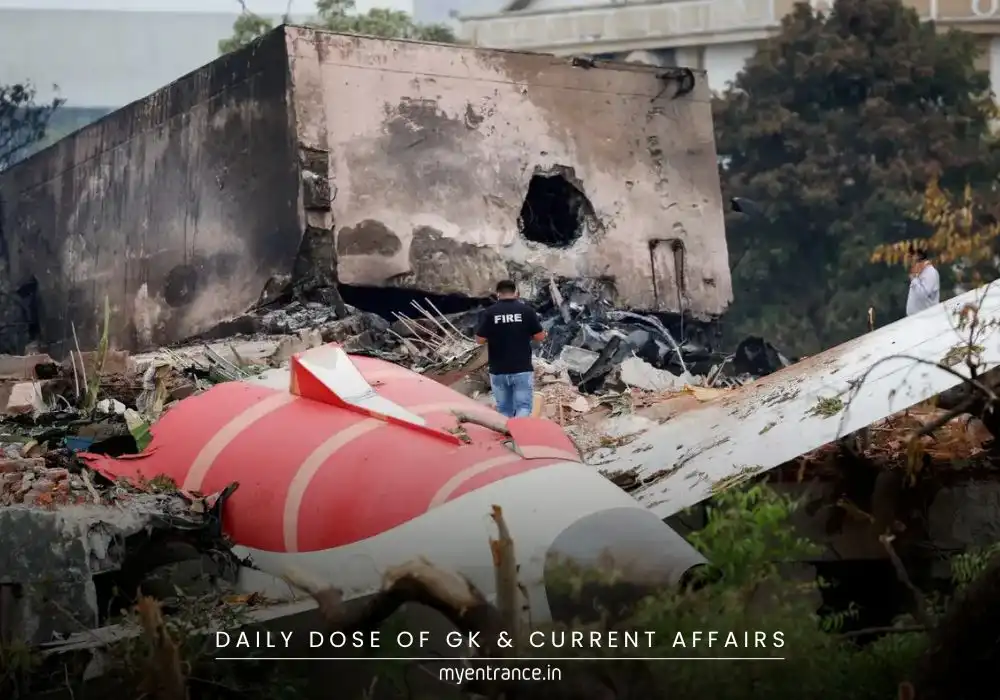
Mandate of AAIB: Key Insights
The Aircraft Accident Investigation Bureau (AAIB) is India’s primary agency for probing civil aviation accidents. Here’s what you need to know:
Governing Authority: Operates under India’s Ministry of Civil Aviation.
Statutory Framework: Functions under the Aircraft (Investigation of Accidents and Incidents) Rules, 2017, aligned with ICAO’s Annex 13 (Chicago Convention).
Primary Objective: Focuses on preventing future accidents, not assigning blame.
Investigation Scope: Crashes involving aircraft weighing over 2,250 kg or turbojet planes.
Key Findings from Ahmedabad Crash Report
The fuel control switches unexpectedly moved from ‘RUN’ to ‘CUTOFF’, cutting engine power.
Pilots denied manually switching them off, raising concerns about cockpit design and human-machine interface.
The Cockpit Voice Recorder (CVR) and Flight Data Recorder (FDR) are under scrutiny for further analysis.
International Protocols
Under ICAO’s Chicago Convention, the ‘State of Occurrence’ (India, in this case) leads the probe.
Other nations (like the State of Manufacture or Operator) can collaborate.
Sample Questions & Answers for Exams
Q1. Under which ministry does the AAIB function in India?
A1. The AAIB operates under India’s Ministry of Civil Aviation.
Q2. What is the primary objective of AAIB investigations?
A2. To prevent future accidents, not to assign blame (Rule 3, Aircraft Investigation Rules, 2017).
Q3. Which international framework guides AAIB’s investigations?
A3. ICAO’s Annex 13 (Chicago Convention, 1944).
Q4. What key evidence does AAIB analyze after a crash?
A4. Black boxes (CVR & FDR), wreckage samples, and cockpit ergonomics.
Q5. Why was the Ahmedabad crash report significant?
A5. It highlighted potential human-machine interface flaws in fuel switch mechanisms.
Why is This Important for Exams?
UPSC/SSC/PSC: Covers Disaster Management (GS-II) and Current Affairs.
Competitive Exams: Questions on statutory bodies, aviation safety, and ICAO are frequent.
Case Study Relevance: Real-world incidents like the Ahmedabad crash help in answer-writing practice.
Final Takeaways
The AAIB’s neutral, prevention-focused approach sets it apart from regulatory bodies like DGCA.
Its findings influence global aviation safety standards through ICAO.
Aspirants must note key terms: Chicago Convention, CVR/FDR, and human-factor errors.
For more exam-focused insights on current affairs, follow myentrance.in!
Get 3 Months Free Access for SSC, PSC, NIFT & NID
Boost your exam prep!
Use offer code WELCOME28 to get 3 months free subscription. Start preparing today!

